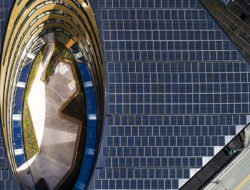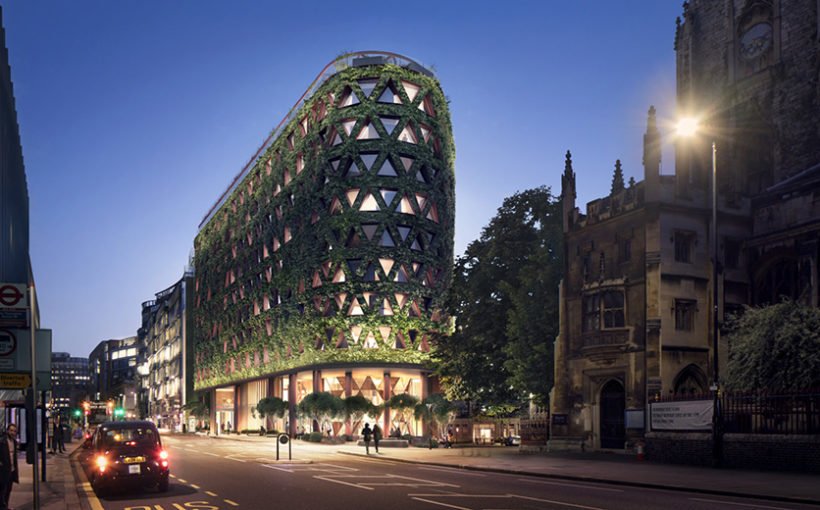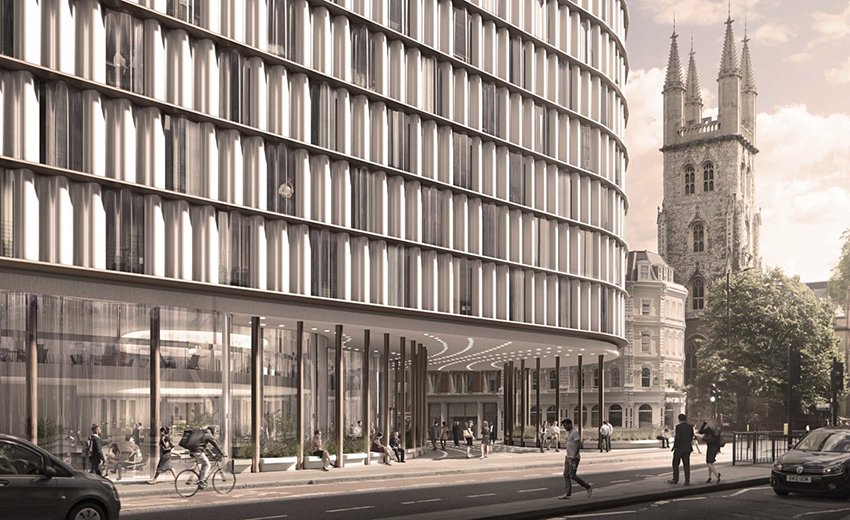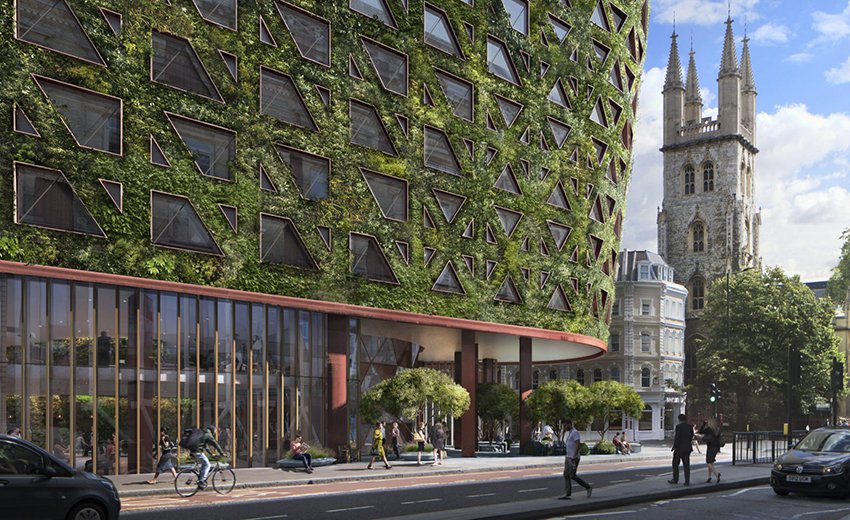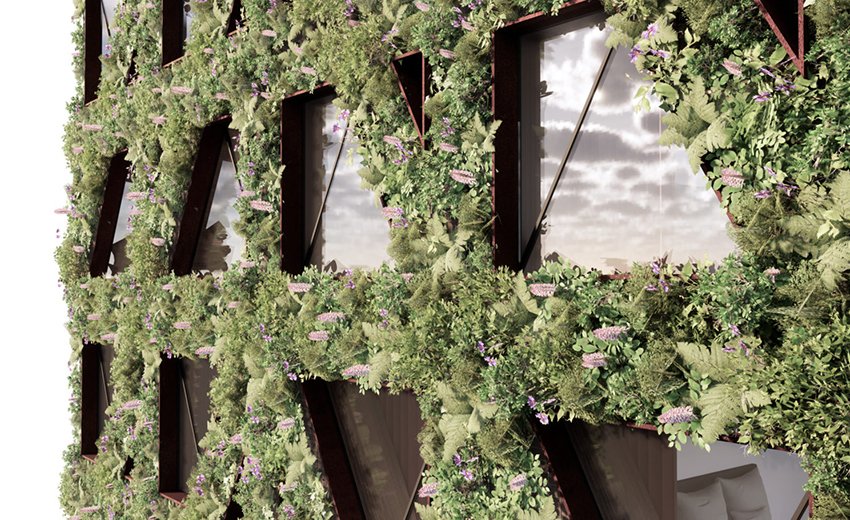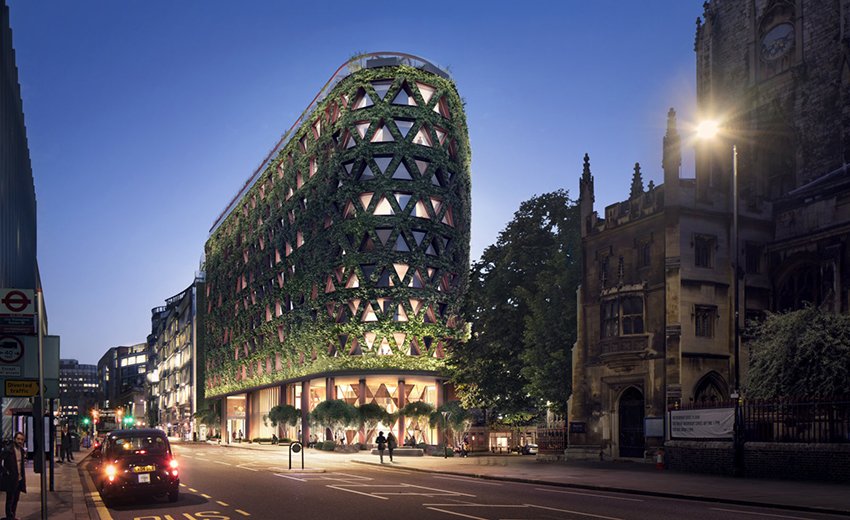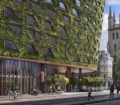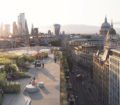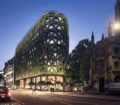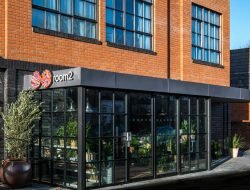A wave of “restorative architecture” is sweeping through London. The firm Sheppard Robson designed a building of 11 floors in the heart of the Culture Mile, for a future five-star hotel. It can turn eight tonnes of carbon into six tonnes of oxygen.
Inside, 382 rooms and 860m2 of bars, restaurants, a spa, a rooftop open to the public and a co-working space. Outside, 400,000 plants will fill the space between the windows. With its 3,700m2 of vegetated façade, the future London hotel Citicape House will have the “largest living wall in Europe”. With the aim of improving local air quality.
This green hotel – literally and figuratively – will absorb eight tonnes of carbon per year, according to the firm Sheppard Robson. The plants could produce six tonnes of oxygen and reduce the temperature around the building by three to six degrees. It also traps half a tonne of fine particles each year.
Restoring the environment
The building will be located in the heart of the Culture Mile, a popular area in the City between Farringdon and Moorgate. It was designed by London studio Sheppard Robson to replace a dilapidated office building and, most importantly, to demonstrate how buildings can challenges such as climate change and air pollution. To make the most of it, the studio has proposed a building that is 45 times greener than what the Greater London authorities are asking for according to the Urban Greening Factor Index.
Tags: architecture, Citicape House, London, pollution, Sheppard Robson


































